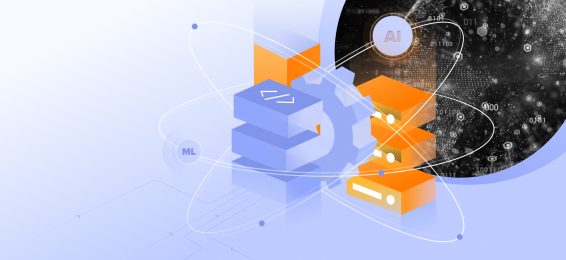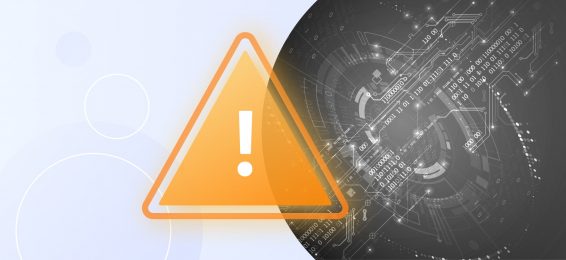Use cases of anomaly detection
Examining the use cases of anomaly detection across different industries helps understand its value and impact.
Improving advertising and marketing operations
Anomaly detection is a tool marketers use to detect unusual website traffic, pinpoint errors in marketing campaigns, or discover growth opportunities that improve ROAS. The technique is widely used in ad fraud detection systems by notifying brands and agencies about abnormal spikes in clicks and downloads.
Preventing human error in healthcare
Statistical anomaly detection techniques help healthcare providers guard against data entry errors, improve patient experience, and increase operational efficiencies. The technique allows institutions to discover areas for improvement (long waiting time, patient flow bottlenecks, etc.)
Financial fraud detection
The financial industry leverages anomaly detection to detect fraudulent patterns associated with unauthorized transactions, money laundering, and other illegal activities in real time.
Quality control in manufacturing
Anomaly detection helps manufacturers discover faulty products before they hit the market and prevent equipment malfunction to keep production running without downtime.
Retail and e-commerce
Anomaly detection helps discover abnormal patterns in customer behavior, predict or prevent customer churn, and identify unauthorized transactions or inaccurate reports.
Types of data anomalies
System anomalies are broadly classified into two categories: intentional and unintentional.
Unintentional anomalies are not caused by external activity. They result from poor data collection (e.g., a faulty sensor) or filtering (e.g., noise in the dataset). While they don’t signal an underlying malicious intent, unintentional anomalies should be removed to avoid dataset distortion.
Intentional abnormalities have an outside cause that leads to atypical activities. Some causes of intentional anomalies can favor organizations (e.g., seasonal sales spikes). Others, like a spike of clicks and downloads associated with mobile advertising fraud schemes, are alarming,
Flagging intentional anomalies brings teams closer to discovering their causes and either finding a promising trend or taking preventive measures.



